Counting down the days to the official opening of the China-Laos Railway, 22-year-old Sida Phengphongsawanh was brimming with excitement as an aspiring train driver and a witness to the historical moment.
As the signature China-aided railway is to be declared operational on Friday, millions of Laos await the opportunities created by the rail project linking the landlocked Asian country with China and the rest of the world.
With the official opening of the rail line, a train departing from south China's city of Kunming in the morning will arrive in the Lao capital Vientiane in the evening on the same day, according to China State Railway Group Co., Ltd. (China Railway).
Sida, one of the roughly 600 Lao trainees in a course organized by the Laos-China Railway Co., Ltd. on train driving, scheduling and maintenance, looks determined with her "steel locomotive" dream.
"I heard about the Laos-China railway for the first time in 2015. In 2016, I went to Kunming to study the knowledge of railways. After returning home, I went straight to the Laos-China Railway company to apply for a position. I hope to be an excellent female driver on the Laos-China railway," Sida told Xinhua.
Sida said she first heard of the railway back in 2015 and studied railways in Kunming the next year. Upon returning home, she applied for a position with the Laos-China Railway. "I hope to be an excellent female driver on the Laos-China railway," Sida told Xinhua.
Born in a hilly town in northern Laos, Sida dreamed of becoming a train driver right from childhood. Her hometown is about 100 km from Laos-China border gate, where the surrounding mountains block the way to China. Sida, who spent little time outside her mountainous home, has long been curious of the outside.
"Because of the mountains in northern Laos, the roads connecting the towns are winding and unsafe. Many old people have never walked out of the mountains where they were born," Khamsai Phimvongsa, a farmer in Vientiane, told Xinhua.
In 2015, the Chinese and Lao governments signed an intergovernmental railway cooperation agreement, marking the official launch of the China-Laos railway.
The China-Laos railway is expected to become an important part of the north-south artery of the Indochinese Peninsula, facilitating trade and travel between the two countries and strengthening the bond between the two peoples.
The railway, as an important part of the trans-Asian railway network, is of great strategic and practical significance to Laos, according to a signed article entitled "Jointly build a community of shared future with strategic significance between China and Laos" and one linked to the Belt and Road Initiative.
The Belt and Road "is an opportunity, through economic infrastructure, trade, investment and people-to-people's connectivity to deepen the mutual trust and help between Laos and China and Belt and Road Initiative countries. Thus, we have the landed project, Laos-China railway project," Lao Prime Minister Phankham Viphavanh told Xinhua in August.
"Personally, the Laos-China railway has given me a stable job, and at the national level, the Laos-China railway can drive the multi-level and all-round development of Laos," Sida said, noting in particular that her hometown of Muangxay has a long history of importing goods from China.
Khamsai, the 60-year-old farmer, said he hopes to sell local fruits and vegetables to China and witness the improvement of rural life in Laos through the railway.
The around 1,000-km China-Laos Railway, with steep mountains and deep valleys along its two sections, features a high bridge and tunnel ratio, including the 1,651-meter Ban Ladhan Mekong Bridge, 1,459-meter Luang Prabang Mekong Bridge, 9,384-meter Ban Sen No. 2 Tunnel and 9,296-meter Ban Nakok Tunnel, according to China Railway.
"The Chinese engineers are wonderful. Confronting the complex terrain in the mountains plateaus, they can always use advanced technology to drill through every tunnel," said Thonglien Outhayod, a Lao employee working on the railway project.
The heat in Laos added difficulties to tunnel building, with tunnel temperatures much higher than outside but in the eyes of Lao workers on the construction site like Sida, the Chinese engineers had been pushing forwards the project with perseverance regardless of the heat.
Chinese engineers expect the railway to have a long-term, positive impact on Laos and its relations with China.
"We are very happy to see that the Lao trainees can grow in the construction sites of the China-Laos railway, and then have their own stable jobs with full expectation for their future," said Lei Chao, an executive manager of the railway.
Hu Bin, a project manager who has been working in Laos for four years, expressed pride in the railway's completion.
"I'm very proud to be able to join the BRI project ... and very proud to build a railway with Chinese standards and Chinese technology in a foreign country," he said.












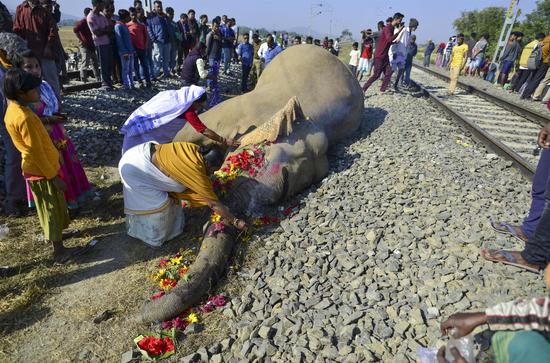
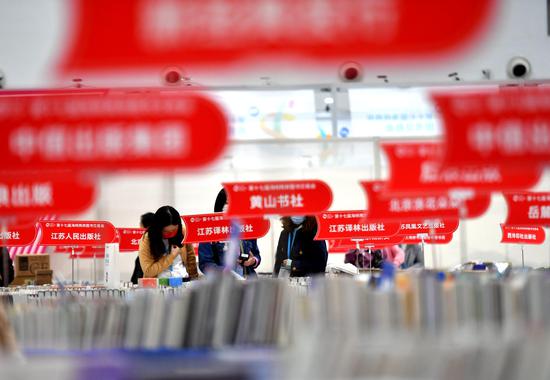



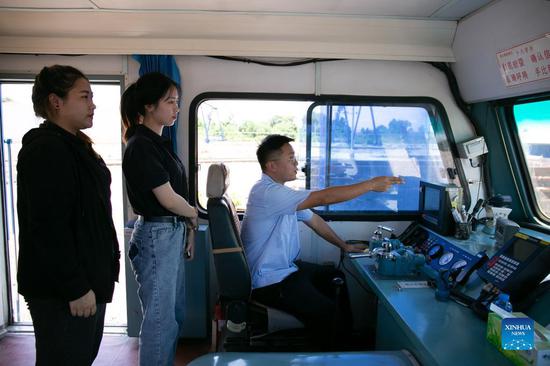

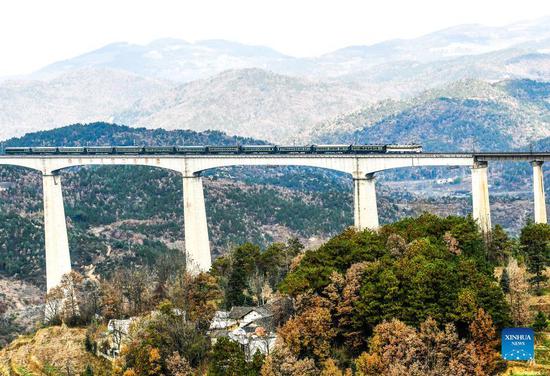










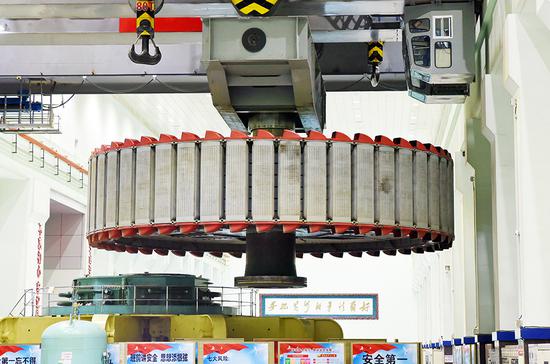

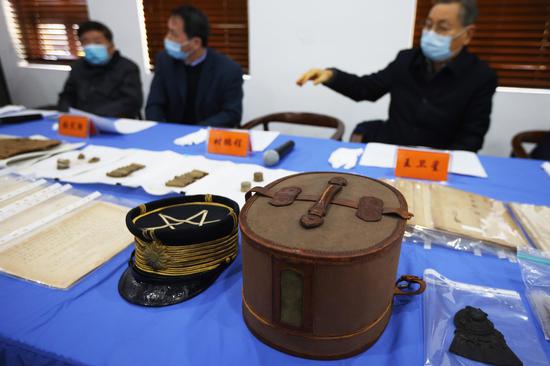




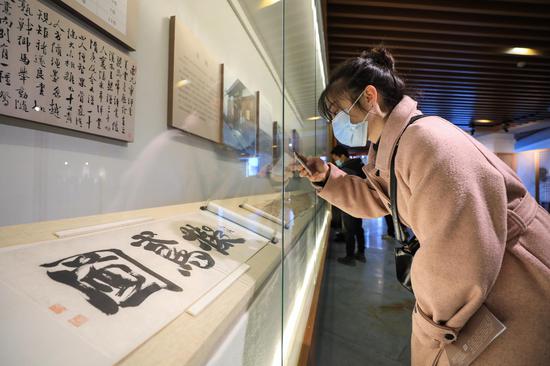





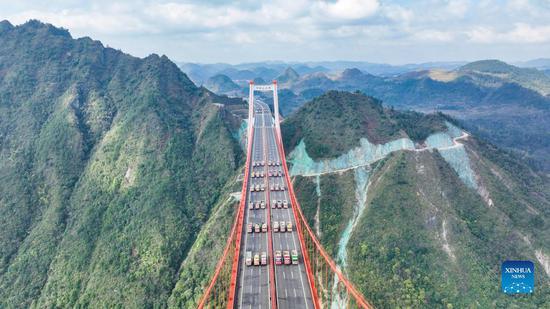




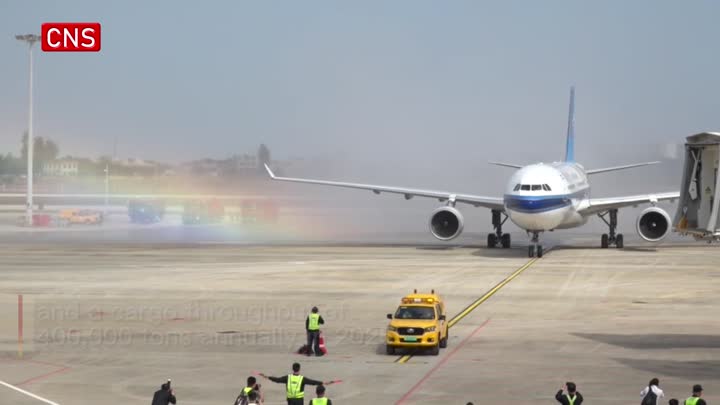

 京公网安备 11010202009201号
京公网安备 11010202009201号